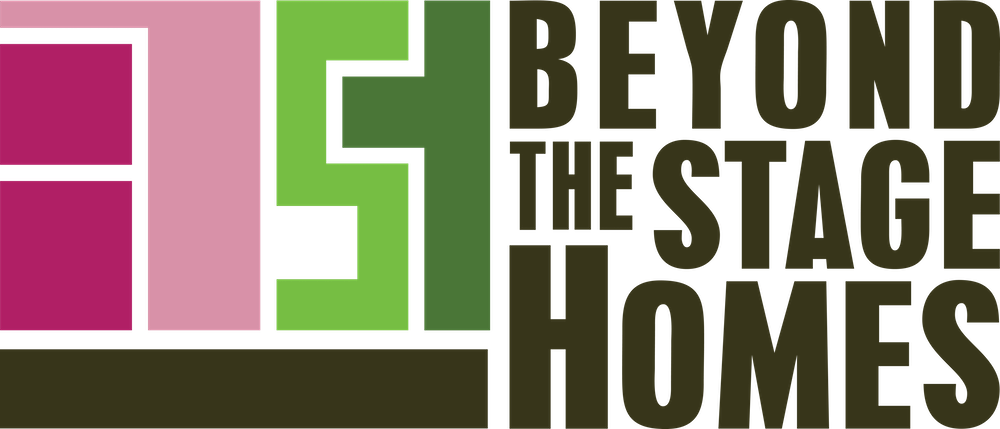 Niche—recessed opening, often arched at the top, set in a wall with a shelf, often lit from the top to display sculpture or objects of art (see Figure 1).
Niche—recessed opening, often arched at the top, set in a wall with a shelf, often lit from the top to display sculpture or objects of art (see Figure 1). Organza—sheer, stiff silk or synthetic fiber, often used for fashionable evening wear (see Figure 2).
Organza—sheer, stiff silk or synthetic fiber, often used for fashionable evening wear (see Figure 2). Parquet—wood floor laid in geometric patterns (see Figure 3).
Parquet—wood floor laid in geometric patterns (see Figure 3). Quatrefoil—rounded, Gothic tracery design with 4-leaves or "foils" (see Figure 4).
Quatrefoil—rounded, Gothic tracery design with 4-leaves or "foils" (see Figure 4).Rosette—round, elaborately detailed pattern resembling a rose, most often found in a carved wood or plaster mould application.
Sconce—wall-mounted electrified or candlelight fixture.
Torchier—standing lamp with indirect upward light (see Figure 5).

Undertone—The colour obtained when a coloured pigment is reduced with a large proportion of white pigment. The colour seen when a coloured pigment is spread on glass and viewed with light passing through it.
 Vignette—little displays; using art or decorative pieces to create small decorative displays (see Figure 6).
Vignette—little displays; using art or decorative pieces to create small decorative displays (see Figure 6).Widow's Walk—rooftop platform, said to have been created for widows seeking their husbands who had been lost at sea, often found on Victorian homes (see Figure 7).

Yard—a unit of length, often used to measure fabric, equal to 3' 0" or 36".
Zigzag—pattern formed by a continuous line, which turns sharply back and forth making a series of "V's".
Even the simplest of projects can come with challenges. Understanding some basic terms will help to get you started, however it is always best to consult with a professional to ensure that you did it right, the first time.
Written by Shauna Lynn, Beyond The Stage Homes
www.beyondthestagehomes.com






